-
- Phone: +91 9873675505, 9891275505
- Email: sales@eepltours.com

Dehradun is one of the oldest cities of India, bejewelled-like a glittering jewel in the lower Himalayan mountain ranges. The city is perched at an elevation of 435 metres and is currently enjoying its stature as the capital of Uttarakhand. Dehradun is the gateway to the famous hill station of Mussoorie and the pilgrimage spots of Haridwar and Rishikesh.
During the 17th and 18th centuries Dehradun changed hands several times: Guru Ram Rai retreated here from Punjab, the Mughal Governor Najib-ud- Daula occupied it from 1757-1770 and the Gorkhas overran it on their westward expansion before ceding it to the British in 1815. Under the British, Dehradun became an elite town with many a fine institution like Forest Research Institute, Doon and Welham Schools, Many more, like the ONGC and Wadia Institute of Himalayan Studies, were added in time. Dehradun has now become an important tourist destination.
.
Dehradun also has the privilege of sheltering country’s foremost army officer training academy, Indian Military Academy and headquarters of prestigious institutions like Survey of India and Forest Research Institute. A bustling capital of a laid-back state, Dehradun is also a district headquarters.
The city has quite a young vibe to it and with its Basmati fields and Mango and Litchi Orchards; the fragrance of its diversity can be smelled from miles away.
.
Area : 300 sq.kms
Altitude : 640 mts.
Best Season : Throughout the Year
Tourists who are on a spiritual tour to Dehradun should visit the Guru Ram Rai Gurudwara. Established in the 17th century, Guru Ram Rai Gurudwara is the oldest pilgrimage center for Sikh Community in Dehradun. Construction of the Gurudwara was commissioned by Ram Rai, the eldest son of the seventh Guru of Sikhs, Sri Har Raj Ji. Many fables are associated with the history of the temple and as per one of them, Ram Rai was expelled from his town as he was not ready to take over the positions as a Sikh Guru.Then, Ram Rai tries to settle in Dehradun and constructed this holy Gurudwara. Currently, the Guru Ram Rai Gurudwara Darbar Sahib is the most famous religious center of the Udaseen sect of Sikh community. The building of the gurudwara is the finest example of the Indo-Islamic architectural style, featuring domes, minarets, and paintings. Till date people of all classes, castes and creed visit the Darbar Sahib. The Guru Ram Rai Gurudwara offers both free and low-cost accommodation. Gurudwara association also runs many prestigious educational institutions including Medical College, hospital, and charitable trust. On the fifth day of the Holi, Jhanda Fair, is celebrated every year in the memory of Guru Ram Rai, a flag hosting takes place during the festival
Forest Research Institute, one of the premier academic institutes in India, is a picture perfect tourist attraction. Sprawling over a plinth area of 2.5 hectares, with the outer Himalaya forming its backdrop, the building of the institute is the best example of Greco-Roman and Colonial architectural styles. Built in 1906, featuring architectural elements like Mughal towers, formed arches, Roman columns edged by cloisters, the size of the institute campus is larger than the Buckingham Palace. Forest Research Institute is nurturing some of the best talents in the field of forestry research since the British era. The lush green campus of Forest Research Institute comprises of laboratories, libraries, herbariums and museum - Pathology Museum, Social Forestry Museum, Silviculture Museum, Timbra Museum, Non-Wood Forest Products Museum and the Entomology Museum. Tourists who wish to explore the campus can take a guided tour. The institute has also served as a location for many films like Student of the year, Krishna Cottage, Rehnaa Hai Terre Dil Mein and Paan Singh Tomar. .
Established on 13th June 1804, the Daat Kali Temple is a prominent place to visit for people on a spiritual tour to Dehradun. According to the locals, the temple made when construction work of Dehradun - Saharanpur highway was under process. Maa Kali appeared in the dream of an engineer, who was working on the national highway project, gave him an idol of Goddess Kali and ordered him to construct a temple at this place. Sacred to goddess Kali, here one can set of flames burning off the rocks, which are continuously burning since 1921. A car puja, a Hindu ceremony, is performed at the Daat Kali Temple to bless the automobile and to keep it from bad influence. Each and everyday regional villagers and tourists waits and pray at the temple and offer oil, flour and ghee to the deity
Set up by the Britons to commemorate the bravery of Gorkha army, Khalinga War Memorial is the world's first memorial erected by an army for their opponents. This one of its kind memorials, set up on the Sahastradhara Road, was made in the honor of Gorkha Regiment after the 1814-16 war. As per the historical facts, Gorkhas defended the Kangra army from the British army for six weeks without food and water supply. Impressed by the bravery of Gorkha, the British troops built a memorial to honor them. It is a thought-provoking place, where one can see two pillars; one is dedicated to Gorkha army and other to the British army, in the middle of a lush green garden. The impressive construction stands on the grounds of the battle where the battle was fought. From the memorial, one can see the panoramic view of Kangra fort.
THE BATTLE OF KHALANGA
In October 1814, three 3 British Infantry division lead by Major General Robert Rolle Gillespie, comprising 3500 soldiers, tried to capture the Kangra fort, formerly known as Nalapani fort. During the siege, the fort was defended by Balbhadra Singh Thapa along with 600 Gorkha soldiers and their families, including women and children. Nalapani fort was under British army siege between October 31, and November 30, 1814, and many soldiers were killed on the first day. But battling all the odds Balbhadra and his army defended the fort for over a month. After so many trails, British Army decided to do the direct attack by cutting off the entire fort’s external water supply. Even after this, Balbhadra Singh Thapa refused to surrender and fought against the British till the time he realized that 70 members were surviving in his garrison.
.
One of Dehradun’s most popular spiritual tourist destinations, the Tapkeshwar Mahadev Temple is crowded with devotees to pay their respects to Lord Shiva. Located on the bank of seasonal Asan River near Dehradun, Tapkeshwar Temple is known to have one of the oldest Shivling in the cave. The temple derives its name from the dripping of the water from the roof of the cave. The water from the river it sits beside enters the cave, which eventually drops off on the Shiv Ling. This water eventually disappears underground, only to reappear as a stream a few yards away from the temple. There is also a hot water spring where devotees can take a sacred bath. One can see the traces of the temple in the Sanskrit epic of ancient India, Mahabharat. As per the mythology, Guru Dronacharya, teacher of Pandavas and Kauravas, resided in the caves and meditated for a long time to gain knowledge and expertise in military acts such as archery. Also in the Drona Cave, Guru Dronacharya and his wife, Kripi, were blessed with a baby boy, Ashwathama, and milk started dripping from this cave owing to the powers of Lord Shiva for Ashwathama .
Air:-
Nearest Airport:The nearest airport is Jolly Grant, 24 kms from Dehradun.
Road:-
you can Take a bus from any destion from delhi /haridwar/ Dehradun or hire private cabs to take you to Dehradun.
Rail:-
Dehradun is connected among other places, to Amritsar, Howrah, Bombay, Delhi, Lucknow, Varanasi and other major cities.
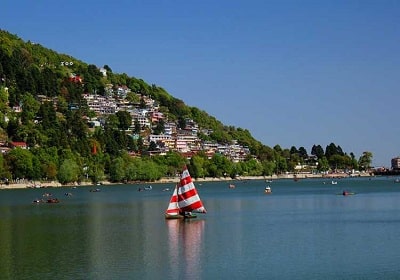
MUSSOORIE CORBETT NAINITAL TOUR
5 Night 6 Days

MUSSOORIE RISHIKESH TOUR PACKAGE
3 Night 4 Days
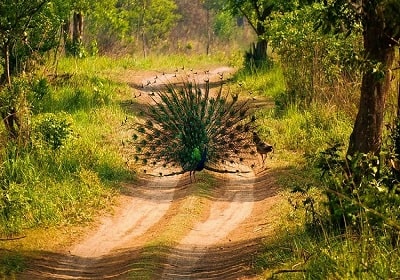
CORBETT NAINITAL TOUR
4 Night 5 Days
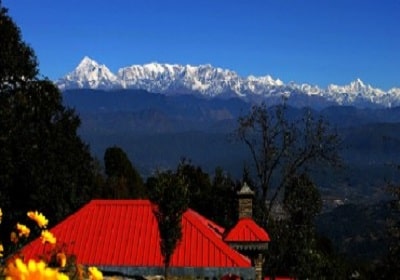
NAINITAL KAUSANI TOUR
4 Night 5 Days
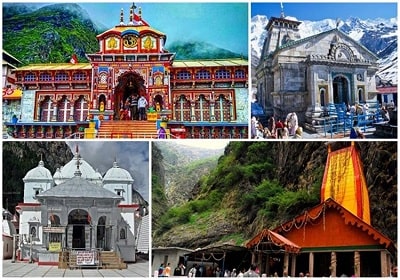
CHARDHAM YATRA PACKAGE
11 Night 12 Days
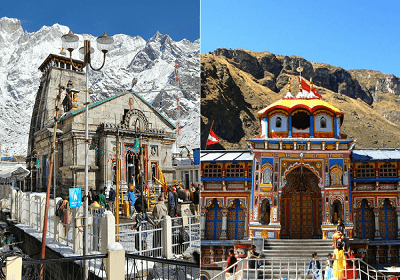
KEDARNATH BADRINATH YATRA
7 Night 8 Days
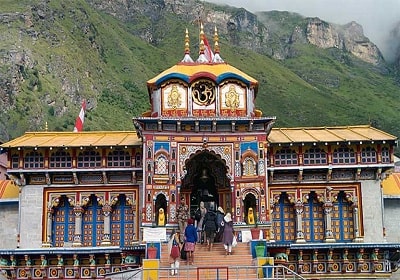
BADRINATH YATRA PACKAGE
4 Night 5 Days

CHARDHAM HELICOPTER YATRA
5 Night 6 Days
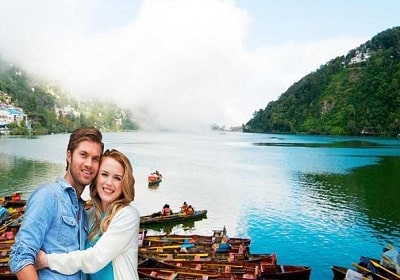
MUSSOORIE NAINITAL HONEYMOON PACKAGE
5 Night 6 Days
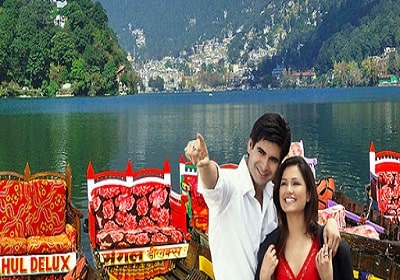
NAINITAL RANIKHET KAUSANI HONEYMOON PACKAGE
5 Night 6 Days

NAINITAL RANIKHET CORBETT HONEYMOON PACKAGE
5 Night 6 Days
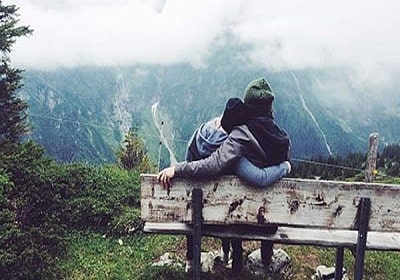
RANIKHET ALMORA-KAUSANI-CORBETT HONEYMOON PACKAGE
5 Night 6 Days

RIVER RAFTING
2 Night 3 Days
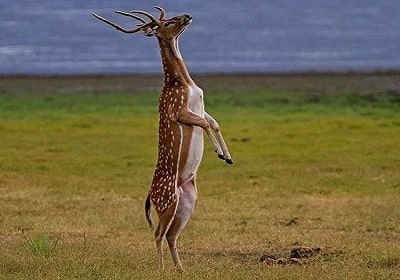
CORBETT TOUR PACKAGE
2 Night 3 Days
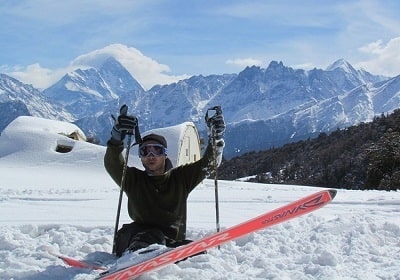
SKIING TOUR
5 Night 6 Days

TREKKING TOURS
6 Night 7 Days
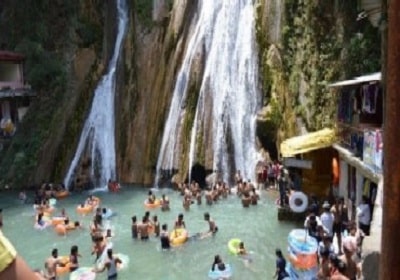
MUSSOORIE TOUR PACKAGE
2 Night 3 Days

NAINITAL TOUR PACKAGE
2 Night 3 Days
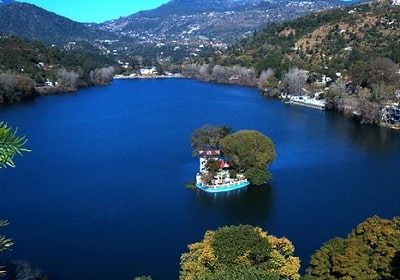
BHIMTAL TOUR PACKAGE
2 Night 3 Days
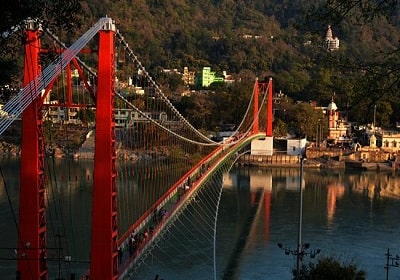
RISHIKESH TOUR PACKAGE
2 Night 3 Days
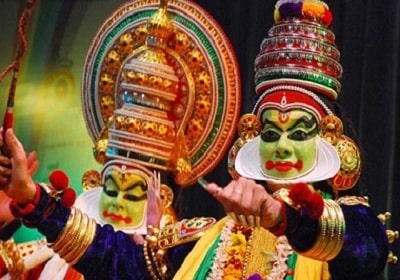
SOUTH CULTURE TOUR

GUJRAT CULTURE TOUR
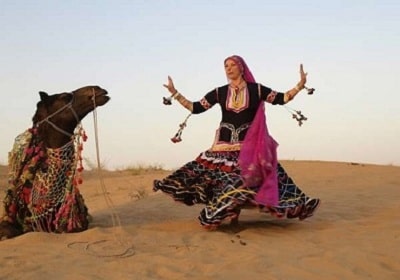
RAJASTHAN CULTURE TOUR
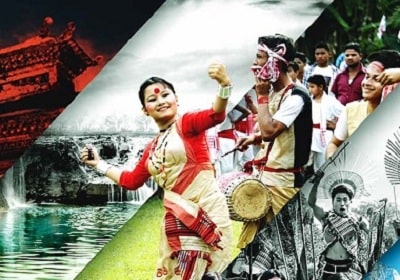
NORTH EAST INDIA TOUR
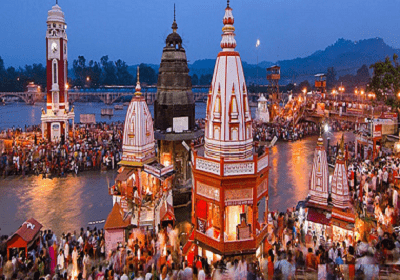
HARIDWAR TOUR
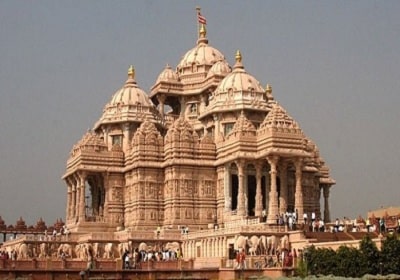
SOMNATH DWARIKA TOUR
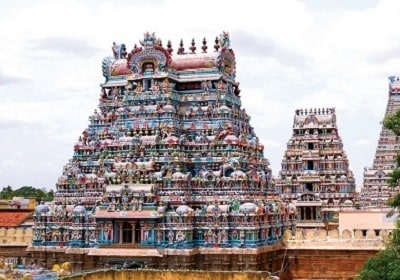
TAMILNADU TEMPLE TOURS
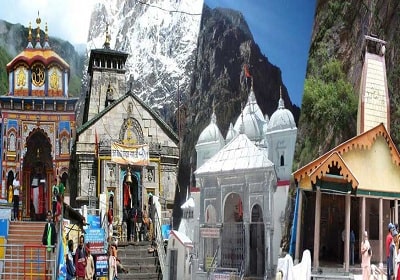
CHARDHAM YATRA

KERALA HONEYMOON TOURS

MANALI SHIMLA HONEYMOON TOURS

RAJASTHAN HONEYMOON TOURS

GOA HONEYMOON TOURS
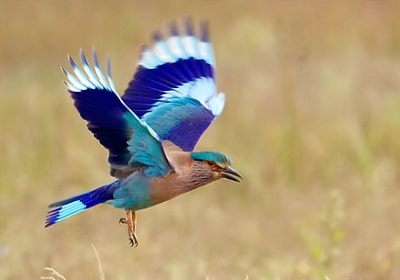
BIRD WATCHING TOURS
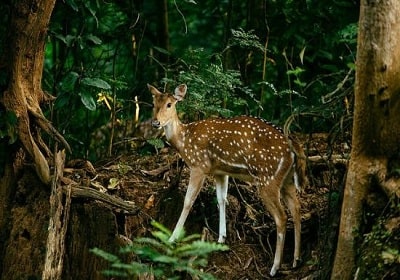
CORBETT TOUR PACKAGE
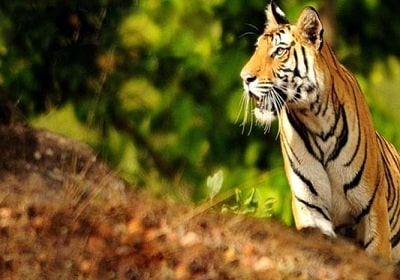
RANTHAMBHORE WILDLIFE TOURS

KAZIRANGA NATIONAL PARK TOUR
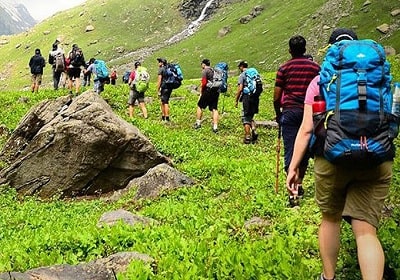
VALLEY OF FLOWERS TREKKING TOUR
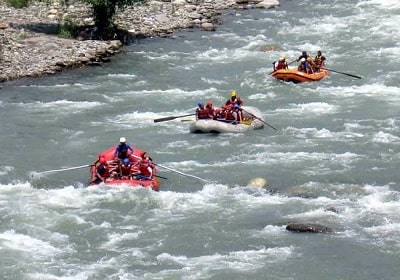
RISHIKESH RIVER RAFTING TOUR
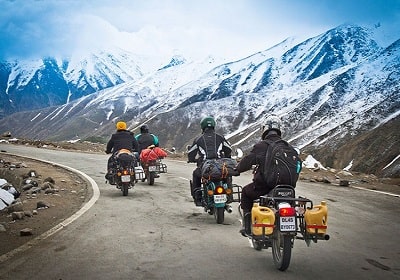
LADAKH BIKE TOUR

INDIA WILDLIFE TOURS

MUSSOORIE TOUR PACKAGE

SHIMLA MANALI TOUR PACKAGE
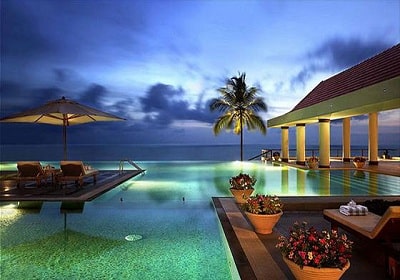
KERALA TOUR PACKAGE
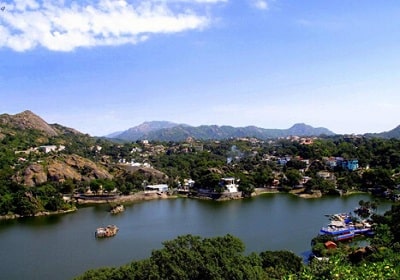
MOUNT ABU TOURS
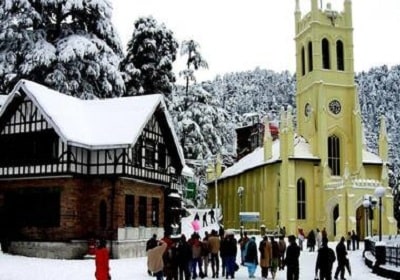
SHIMLA TOUR PACKAGE
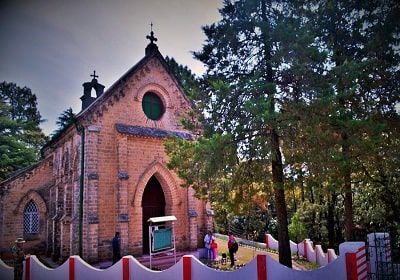
LANSDOWNE TOUR PACKAGE
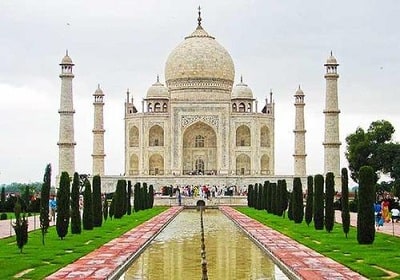
TAJ MAHAL TOUR
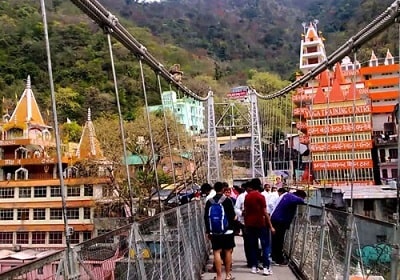
HARIDWAR RISHIKESH TOUR
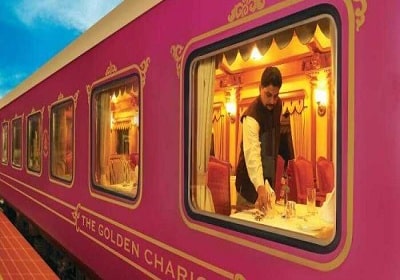
THE GOLDEN CHARIOT TRAIN

MAHARAJA EXPRESS TOURS

PALACE ON WHEELS
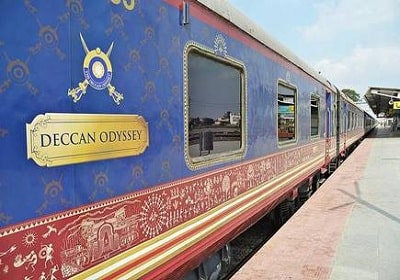
THE DECAN ODYSSEY
Copyright © Exclusive Excursion Pvt. Ltd., 2019. All Rights Reserved